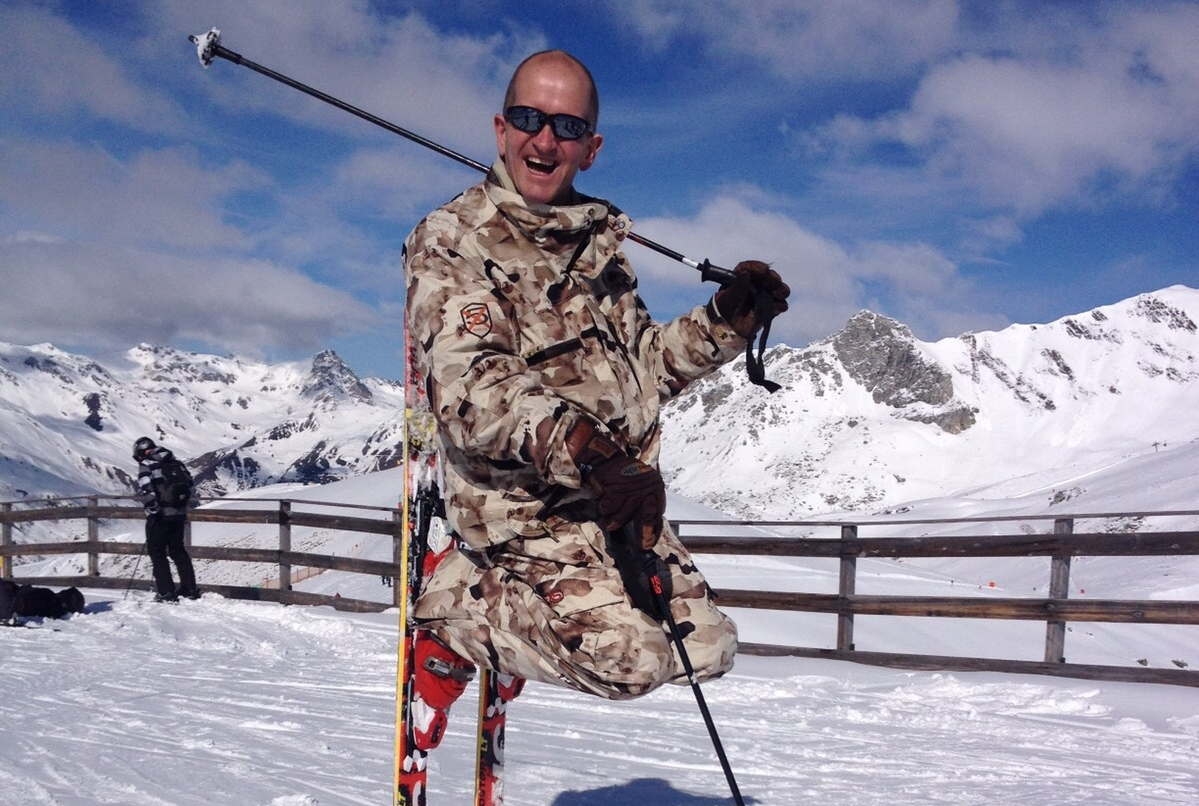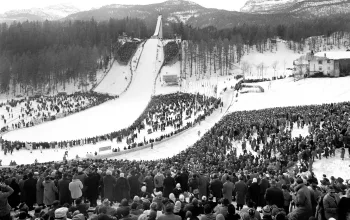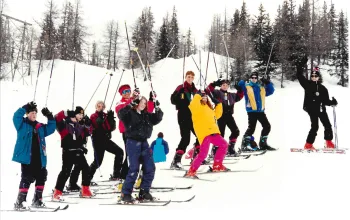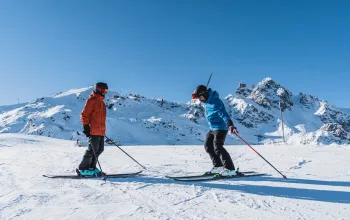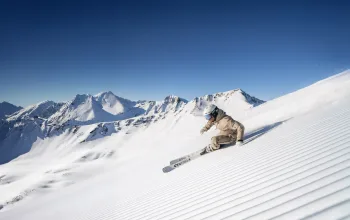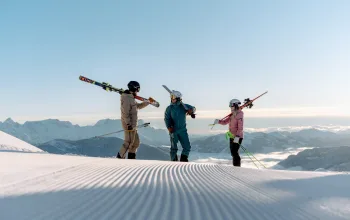"If you want to see Eddie Edwards you just need to go down to B&Q on Sunday," jokes a friend of mine when I tell her that I'll be skiing with the heroic ski jumper of the 1988 Calgary Olympics in a few days at a showing of the recent biopic about his life.
On a basic level she's actually right - 52-year-old Edwards does still do a bit of part-time plastering, and as all three of us live close to the market town of Stroud in Gloucestershire, it's true that she's just as likely as I am to bump into him at our local DIY store...
All the same, Eddie's Olympic exploits almost 30 years ago are cemented into the remembered timeline of my youth as much as any sporting glory - be it Ian Botham's 1981 Ashes performance, Great Britain's 1988 Olympic hockey gold in Seoul, or 2003 Rugby World Cup win.
So naturally I was excited when Mitsubishi hosted a day with Michael, aka Eddie Edwards at Milton Keynes' Snozone indoor ski centre and I was invited.
When I meet him, at 52 Eddie, as ever, defies expectations. 28 years after I first saw him addressing packed press rooms following yet-another death-defying jump in Calgary he was still unmistakable. Gone are the pebble glasses, wild hair, trademark moustache and jutting chin - the last surgically corrected to save his teeth - but it's still unmistakably Eddie.
Direct and quick to smile, yet quiet and self-effacing, he proves the perfect brand ambassador. He's still fearless too, happily launching himself high over the roofs of a pair of Mitsubishi 4x4s parked halfway up the ski slope. The fact that he can still ski and jump like this after all these years and still came 70th and last by such a long margin in the Calgary games just goes to show how good all the rest were.
There was never any doubt about his bravery of course - if you've ever even looked at a 90m ski jump from the ground, let alone from the top, you'll attest to the courage is must take to launch off one of those - never mind doing it in front of millions of Olympic viewers.
The film certainly does justice to his grit and determination to beat the jump, as well as the British ski sport establishment who seemed to thwart him at every turn. But what it doesn't clarify - no doubt in the interests of poetic licence - is the man's skiing and athletic talents.
Eddie was actually a world-class downhill skier, at one point becoming the ninth-fastest amateur in the world. He was a first-rate all-round athlete too, with goal-keeper trials for his local team Cheltenham before injury put him in the leg callipers that we see him wearing in the film. Anyone who saw him win the TV celebrity diving competition Splash having never high-dived before will know that too.
As portrayed in the film Eddie's 'gold' was getting to Calgary in the first place, not how he did when he got there, and it was an achievement that brought him fortune with the fame. What happened after should be the subject of a film itself. In a roller-coaster style so typical of how Eddie has lived his life he went from working class plasterer's son, to world-famous ski jumper capable of earning £65,000 in one day, to bankruptcy, to finishing a law degree, to divorce and being a part-time plaster again.
It's a fascinating story, about a fascinating man, and it's not over yet...



